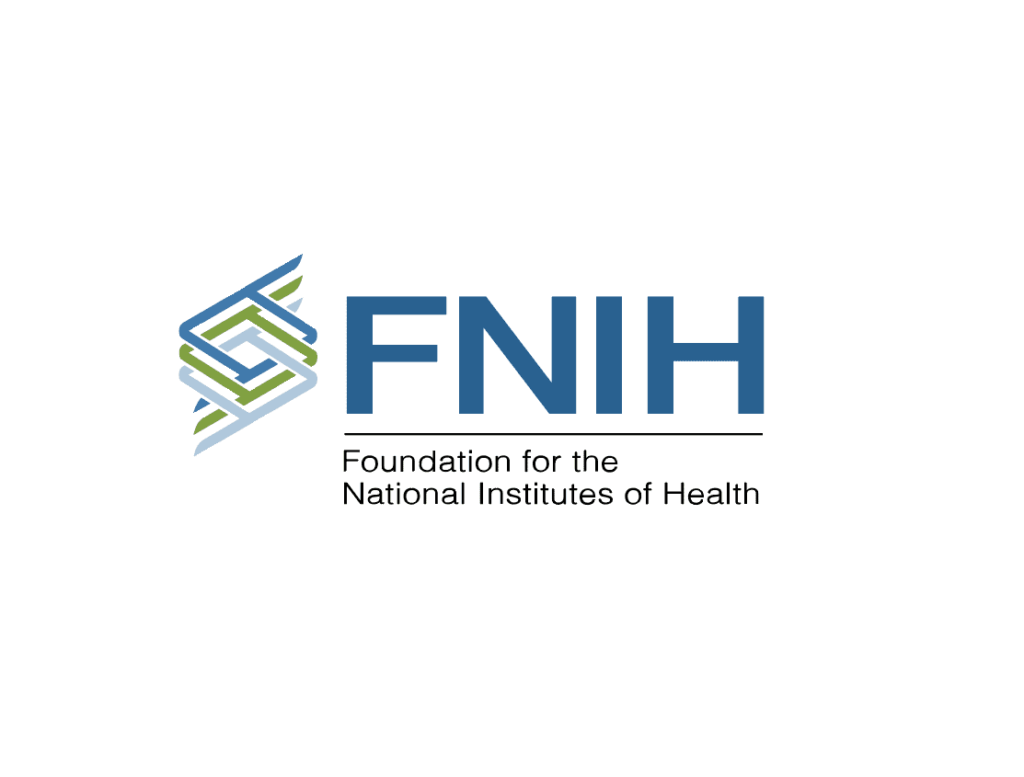

Highlights of the 2025 Science of Patient Engagement Symposium
By: Lillian Witting, Manager, Research and Programs
Artificial intelligence (AI) and other health technologies have been developing faster than the health care system can keep up with, leading many patients to raise concerns about privacy and intended use of these systems. The National Health Council (NHC) Science of Patient Engagement Symposium on May 7 and 8, 2025, explored how the perspectives of patients can be better integrated into the innovation process to address these concerns.
This year’s Symposium theme “Elevating Innovation: Medicine, MedTech, and AI” emphasized the need for researchers and project developers to involve patients, their families, and caregivers at all stages of development for a new drug, treatment, or technology. Throughout the two-day event, a wide range of experts in AI and MedTech joined patient advocates for insightful discussions on ways to co-create practical and innovative solutions to meet the needs of a wide array of patients.
Highlights included a panel on the first day, moderated by Karl Cooper, Esq., Executive Director, American Association on Health and Disability, titled “Teamwork Makes the Dream Work – Bridging the Gap Between MedTech and Patient Needs.” Cooper was joiend by Scott Whitaker, President and CEO, AdvaMed®, Juan Espinoza, MD, Chief Research Informatics Officer, Stanley Manne Children’s Research Institute, Lurie Children’s Hospital, and Christine Waggoner, CEO & Co-foundor of Cure GM1 Foundation. This session focused on the need for more robust, evidence-based processes for inclusion of diverse patient perspectives in MedTech research and clinical trials. Additionally, the panelists identified policy, regulation, and education as key factors to improving technology adaptation for both clinicians and patients to ensure that their data can be used to improve these technologies.
On day two, Brian Anderson, MD, Chief Executive Officer, Coalition for Health AI (CHAI) closed out the Symposium with an inspiring keynote speech on how to develop and strengthen partnerships with diverse, and often underserved, communities to ensure that their data is represented. CHAI has also worked with many partners to develop educational guidelines that patients can use to identify what models are being used in their health care systems. Anderson emphasized that trust, education, and representativeness were the most important aspects of engaging patient and community members in AI and health technology development.
The Symposium included many other excellent speakers who highlighted important points that patients, organizations, institutions, and industry should consider as AI and other health technologies become more prominent in the health care space:
- Barriers and opportunities to health technology adaptation on a hospital level system,
- Applicable case studies of AI use in clinical imaging and diagnostics for cardiovascular disease and ALS,
- How health technologies can assist in assessment of drug development data to streamline access to novel treatments,
- Examples of how patients can use AI to help share their medical history through visual storytelling,
- The importance of patient-led initiatives in creating diverse and accessible datasets that could inform AI research,
- And ensuring that patients and patient groups are properly informed, consent, and engaged in the use of AI throughout the health care ecosystem and research.
This year’s Symposium brought together more than 180 leaders from patient organizations, non-profit groups, industry, academia, and government, and many of them found the content uniquely inspiring.
“The NHC’s Science of Patient Engagement Symposium was an invaluable experience to learn about the latest and greatest developments in artificial intelligence while hearing from a diverse group of health leaders and advocates,” said one attendee.
Another shared that “The NHC consistently delivers value, and the 2025 Science of Patient Engagement Symposium was no exception. It was the perfect blend of information, inspiration, and interaction.”
To learn more about the Symposium and sessions, you can access the Attendee Evaluation Results report HERE. A more detailed summary will be made available soon.


